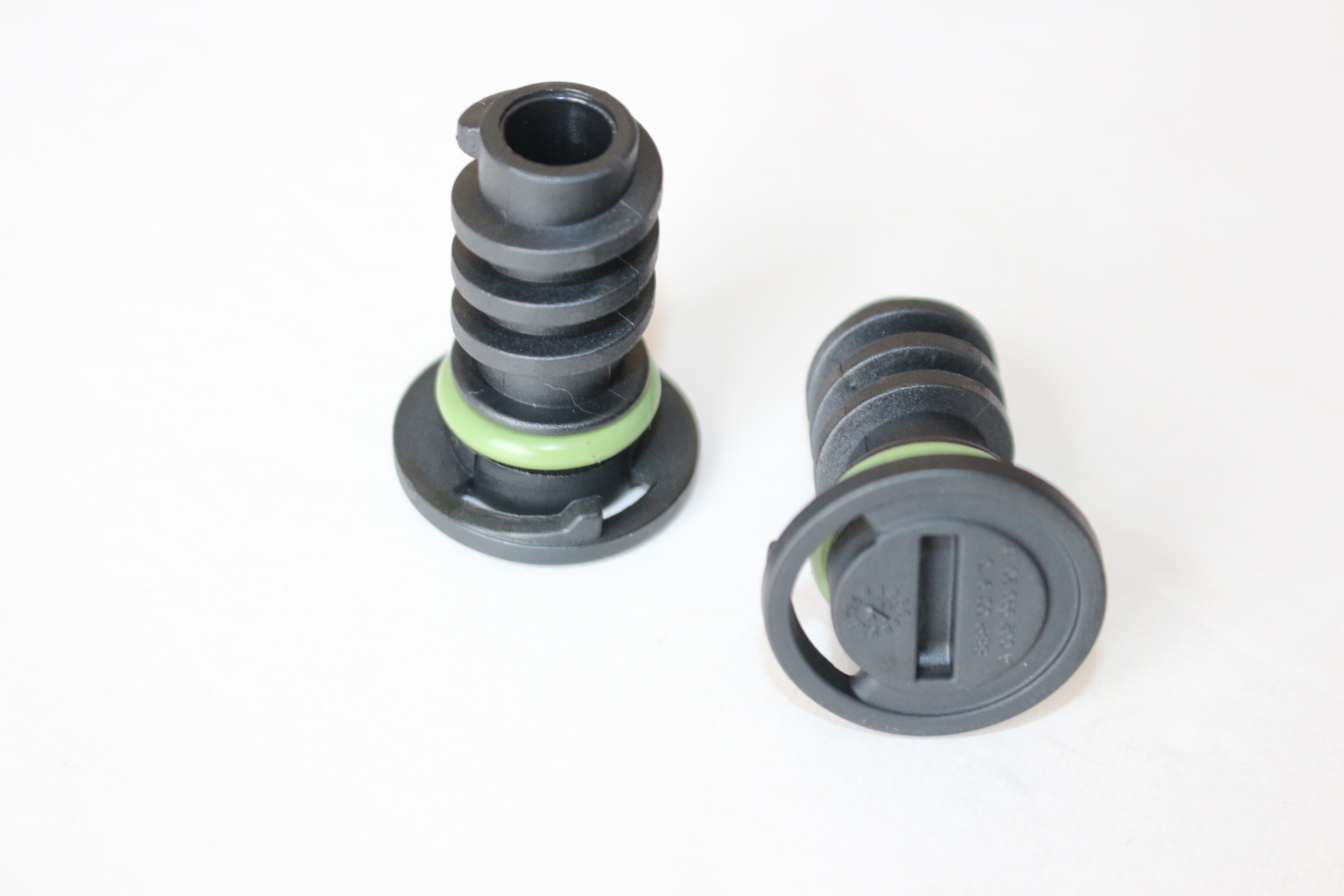rear differential yoke seal
Understanding the Rear Differential Yoke Seal Importance, Function, and Maintenance
The rear differential yoke seal, often overlooked in discussions about automotive maintenance, plays a pivotal role in the overall functionality of a vehicle's drivetrain. This essential component seals the rear differential yoke, preventing oil leaks and ensuring optimal performance of the vehicle's drivetrain system. Understanding its function, importance, and maintenance can contribute significantly to the longevity and efficiency of your vehicle.
What is a Rear Differential Yoke Seal?
The rear differential yoke seal is a rubber or synthetic seal located at the rear end of a vehicle’s differential, where the driveshaft connects to the differential housing. Its primary function is to keep the differential fluid contained, preventing leaks from escaping into the environment or contaminating other components of the drivetrain. This seal helps maintain the necessary lubrication level within the differential, allowing for the smooth operation of gears and bearings within the assembly.
Importance of the Rear Differential Yoke Seal
1. Prevents Fluid Leaks One of the primary functions of the yoke seal is to prevent the differential fluid from leaking out. Leaks can lead to insufficient lubrication, which may cause increased wear and tear on gears and bearings, potentially leading to catastrophic failure.
2. Maintains Lubrication Proper lubrication is critical for the effective operation of the differential. The rear differential yoke seal ensures that the lubricant remains contained within the unit, allowing for smooth gear engagement and reducing friction.
3. Improves Vehicle Performance A healthy yoke seal contributes to the overall performance of the vehicle. When differential fluid levels are stable, it enhances traction and handling, especially in adverse conditions.
rear differential yoke seal

4. Reduces Environmental Impact By preventing leaks, the yoke seal helps minimize the environmental impact caused by oil spills. Properly maintained seals protect the environment and comply with legal regulations regarding automotive fluid disposal.
Maintenance of the Rear Differential Yoke Seal
While the rear differential yoke seal is designed to last a long time, it is not indestructible. Regular maintenance checks are crucial for ensuring its integrity. Here are some tips
1. Regular Inspections During routine vehicle maintenance, it's advisable to have the differential yoke seal inspected. Look for signs of leaks around the differential area, as this is often the first indication that the seal may be failing.
2. Fluid Levels Check the differential fluid levels regularly. Low fluid levels can indicate a seal problem. If the oil is consistently low, it may suggest that the yoke seal needs replacement.
3. Timely Replacement If you notice any leaks, it’s essential to address the issue promptly. A failing yoke seal should be replaced as soon as possible to avoid costly repairs to the differential or other drivetrain components.
4. Professional Help If you are unsure about the condition of your rear differential yoke seal, seek advice from a professional mechanic. They can provide a thorough inspection and recommend necessary repairs or replacements.
In conclusion, while the rear differential yoke seal may be a small part of the vehicle, its importance cannot be overstated. By ensuring that this seal is functioning correctly, vehicle owners can prevent leaks, maintain optimal lubrication, improve performance, and contribute to environmental stewardship. Keeping a close eye on this component will ultimately lead to a more efficient and reliable vehicle.
-
Understanding the Front Main Engine Seal: Purpose, Maintenance, and Installation
News Jul.29,2025
-
Understanding O-Rings and Seal Rings: Types, Applications, and Custom Solutions
News Jul.29,2025
-
Understanding Crankshaft Oil Seals: Rear Seals, Pulley Seals, and Their Role in Engine Integrity
News Jul.29,2025
-
The Importance of Front and Rear Crankshaft Seals in Engine Performance and Oil Management
News Jul.29,2025
-
Crank Oil Seals: Functions, Types, and Cost Considerations in Engine Maintenance
News Jul.29,2025
-
A Comprehensive Guide to O-Rings and Seals: Types, Materials, and Global Applications
News Jul.29,2025
-
Mastering Diesel and Performance Engine Maintenance: A Guide to Critical Oil Gaskets
News Jul.28,2025
Products categories















